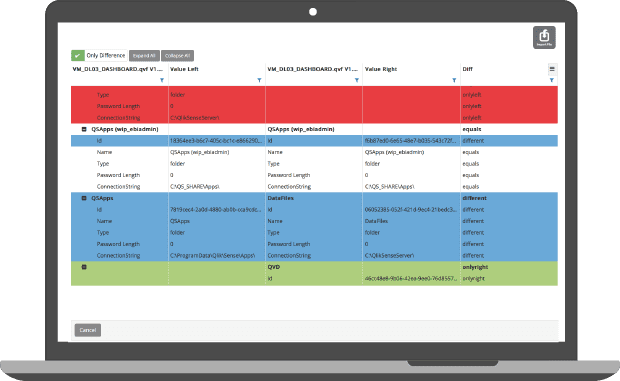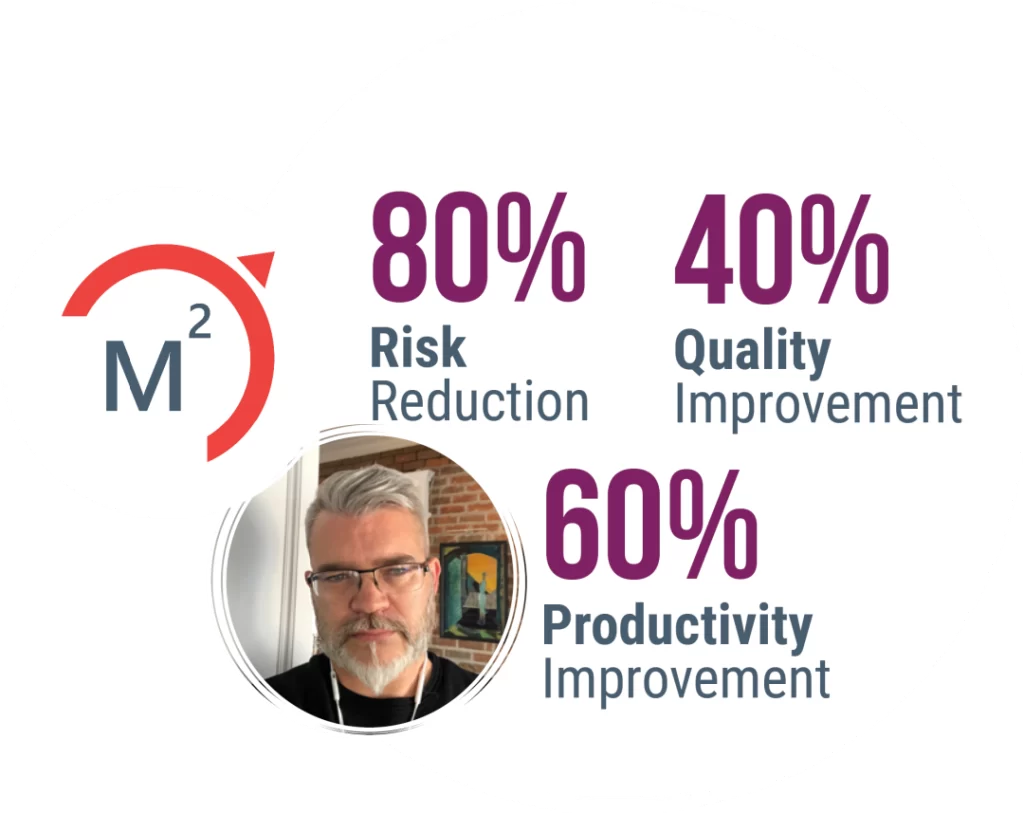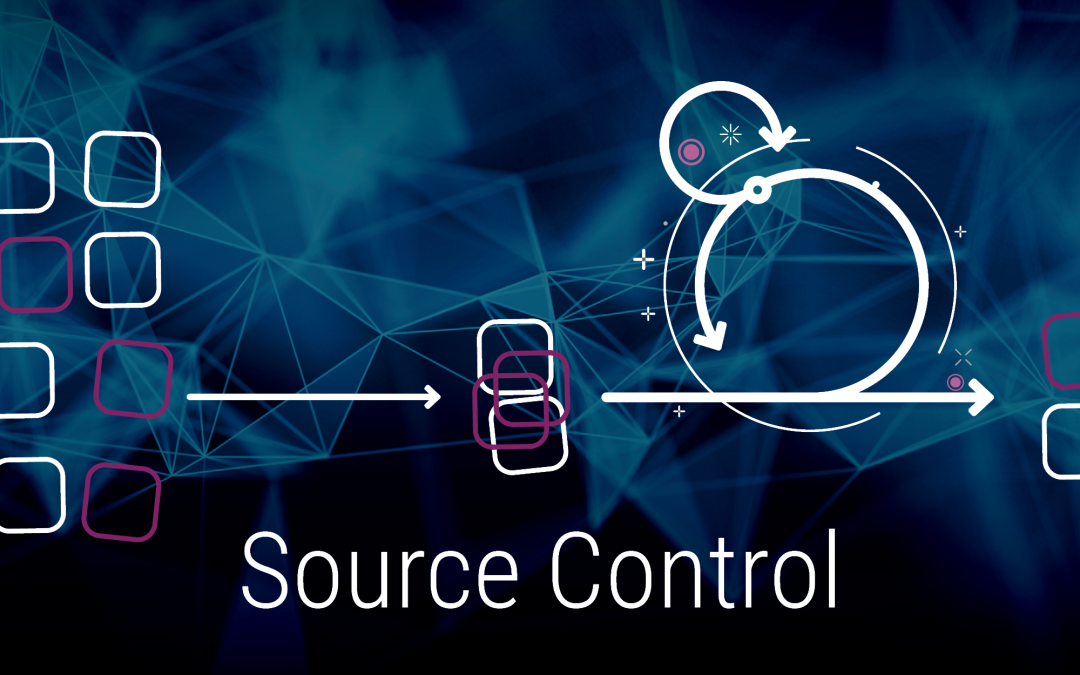Value Of Source Control
What is the value of source control for your BI environments? Why do you need it and is there an ROI for your investment?

First of all what is Source Control for BI environments?
Source control is a method of controlling, monitoring, storing, comparing, versioning changes to code across many environments.
Source control can become quite complex to manage without a software solution. Some software solutions perform one of more of the above requirements and some support all and more.
Why we need Source Control
So the main reason is to control and manage your code but what happens when you don’t?
- Depending on how you or your team plan and perform your work you may require a planning, resourcing, time etc. method
- Depending on your team you may have many different projects, issues, requirements to implement across multiple code assets
- Depending on your team you may have different responsibilities and security requirements i.e. who can publish to which environment etc.
- Depending on your processes and the size of your team you may or may not require a source control system
- Depending on your ways of work you may need to copy and reuse your code across to other environments, assets, etc.
- In some instances depending on the technology developers may overwrite each other’s code
- When your software does not manage the persistency of your code you are at risk of losing your work
- When you are working across many environments things such as connections to data, governance and other changes may need to change
- When you are deploying your code to various environments you need to constantly know which version of the truth you are on within a certain environment
- Do you wish to manage all the code or only a part of the code
What type of Source Control do we need?
In today’s world where we have more software than we can ever use and a wide variety of different architectures, functionality and feature options it’s always going to come back to the way you work and whether the software solution support these methods or generating code and managing code.

- Planning your work i.e. Incident Managed, requirements managed, project managed etc.
- Ways of work i.e. Agile, DevOps, DataOps, Incident Managed, Ad-hoc
- How and Where you work: Qlik Sense Hub, QlikView Client, SAP Clients etc.
- How the system interacts with your code: Synchronization 1:1 / other configurations, check-in/out versioning
- How the system versions your code
- How you can interact with your versions of code: compare
- How is your deployment managed? Free for all or controlled through a workflow?
- How you roll-back your code
- How you deploy your code across various areas for testing
- How you manage your testing processes and automations: DevOps, DataOps, Automation systems etc.
What are the benefits of Source Control?
- Single version of the truth across all your environments
- Secure and controlled working environments
- Flexible so it supports your processes, checklists, quality control, security and other procedures
- Code persistency across people, assets, environments
- Quality control methods that save resources and ensures the stability of your infrastructure and software environments
- Audits and root cause analysis when things go wrong
- Instant roll-backs to limit the impact to business
- Agile development and management of new ways of work
- Resource management and priority management
- Extended API’s for any type of automation with other systems such as Jira, SNOW, Remedy etc.
- Total delivery management

We hope this blog was useful to you and are happy to engage with you around your ROI and control requirements. Let us show you how our customers reach 80%+ Risk reduction, 60%+ productivity improvement and 40%+ quality improvements!
We would love to have this type of discussion with you to ensure you future prove your source control system for your BI products and environments! If you have already invested in a source control product that does not future proof your business today, please see our Competitive Exchange Program (CEP) option where we will convert your current licenses to #WIP licenses and keep you on your current maintenance & support or subscription model.



